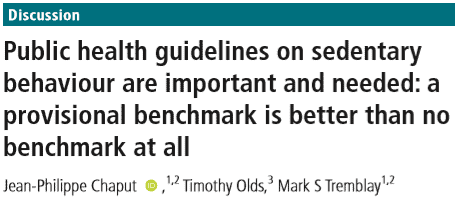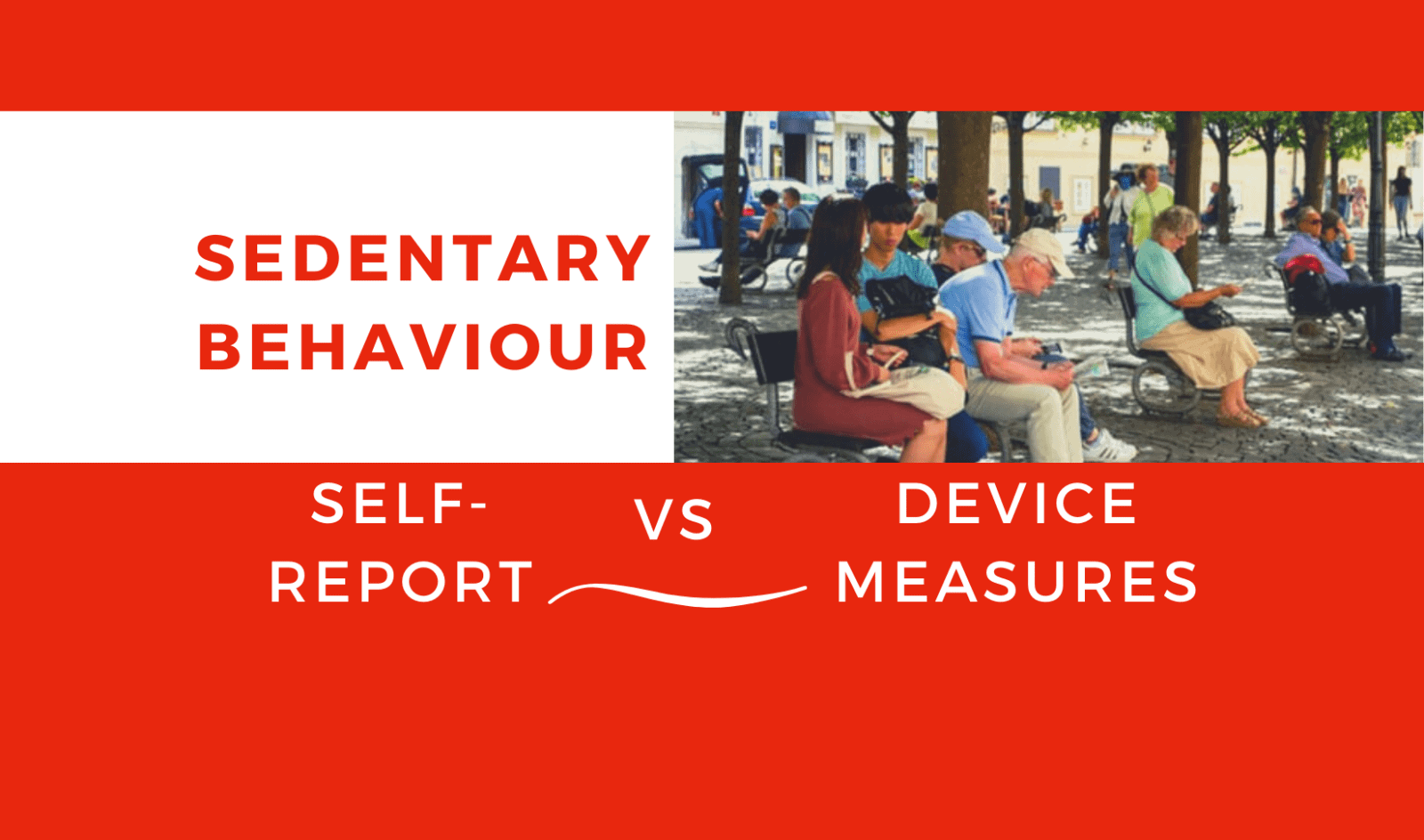
Is it time to have quantitative targets for sedentary behaviour guidelines?
February 18, 2020
A comparison of self-reported and device measured sedentary behaviour in adults: a systematic review and meta-analysis
March 6, 2020A paper titled “Using Isotemporal Analyses to Examine the Relationships Between Daytime Activities and Cancer Recurrence Biomarkers in Breast Cancer Survivors” was published in the Journal of Physical Activity and Health in February 2020; the full-text version of the article is available here.
Study summary
Background: For breast cancer survivors, moderate to vigorous physical activity (MVPA) is associated with improved survival. Less is known about the interrelationships of daytime activities (sedentary behavior [SB], light-intensity physical activity, and MVPA) and associations with survivors’ health outcomes. This study will use isotemporal substitution to explore reallocations of time spent in daytime activities and associations with cancer recurrence biomarkers.
Methods: Breast cancer survivors (N = 333; mean age 63 y) wore accelerometers and provided fasting blood samples. Linear regression models estimated the associations between daytime activities and cancer recurrence biomarkers. Isotemporal substitution models estimated cross-sectional associations with biomarkers when time was reallocated from of one activity to another. Models were adjusted for wear time, demographics, lifestyle factors, and medical conditions.
Results: MVPA was significantly associated with lower insulin, C-reactive protein, homeostatic model assessment of insulin resistance, and glucose, and higher sex hormone-binding globulin (all P < .05). Light-intensity physical activity and SB were associated with insulin and homeostatic model assessment of insulin resistance (both P < .05). Reallocating 18 minutes of SB to MVPA resulted in significant beneficial associations with insulin (−9.3%), homeostatic model assessment of insulin resistance (−10.8%), glucose (−1.7%), and sex hormone-binding globulin (7.7%). There were no significant associations when 79 minutes of SB were shifted to light-intensity physical activity.
Conclusions: Results illuminate the possible benefits for breast cancer survivors of replacing time spent in SB with MVPA.
Authors and affiliations
Kelsie M. Full1,2, Eileen Johnson3, Michelle Takemoto2, Sheri J. Hartman2,4, Jacqueline Kerr2, Loki Natarajan2,4, Ruth E. Patterson2,4 and Dorothy D. Sears2,4,5
- Division of Epidemiology and Community Health, University of Minnesota, Minneapolis, MN, USA.
- Department of Family Medicine and Public Health, University of California, San Diego, La Jolla, CA, USA.
- Division of Epidemiology, School of Public Health, University of California Berkeley, Berkeley, CA, USA.
- UC San Diego Moores Cancer Center, University of California, San Diego, La Jolla, CA, USA.
- College of Health Solutions, Arizona State University, Phoenix, AZ, USA.
Citation
Full, K. M., Johnson, E., Takemoto, M., Hartman, S. J., Kerr, J., Natarajan, L., Patterson, R. E., & Sears, D. D. (2020). Using Isotemporal Analyses to Examine the Relationships Between Daytime Activities and Cancer Recurrence Biomarkers in Breast Cancer Survivors, Journal of Physical Activity and Health, 17(2), 217-224.



